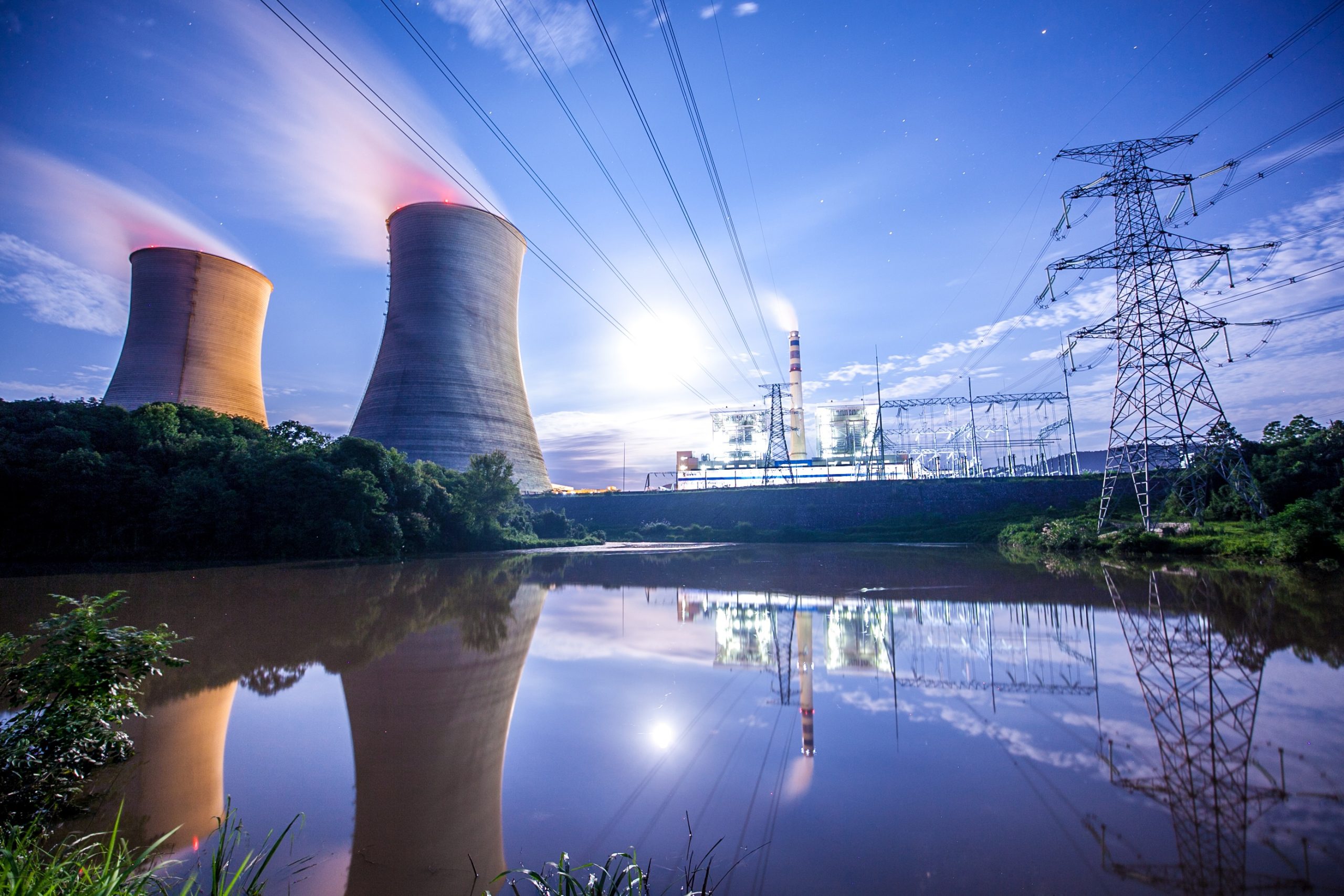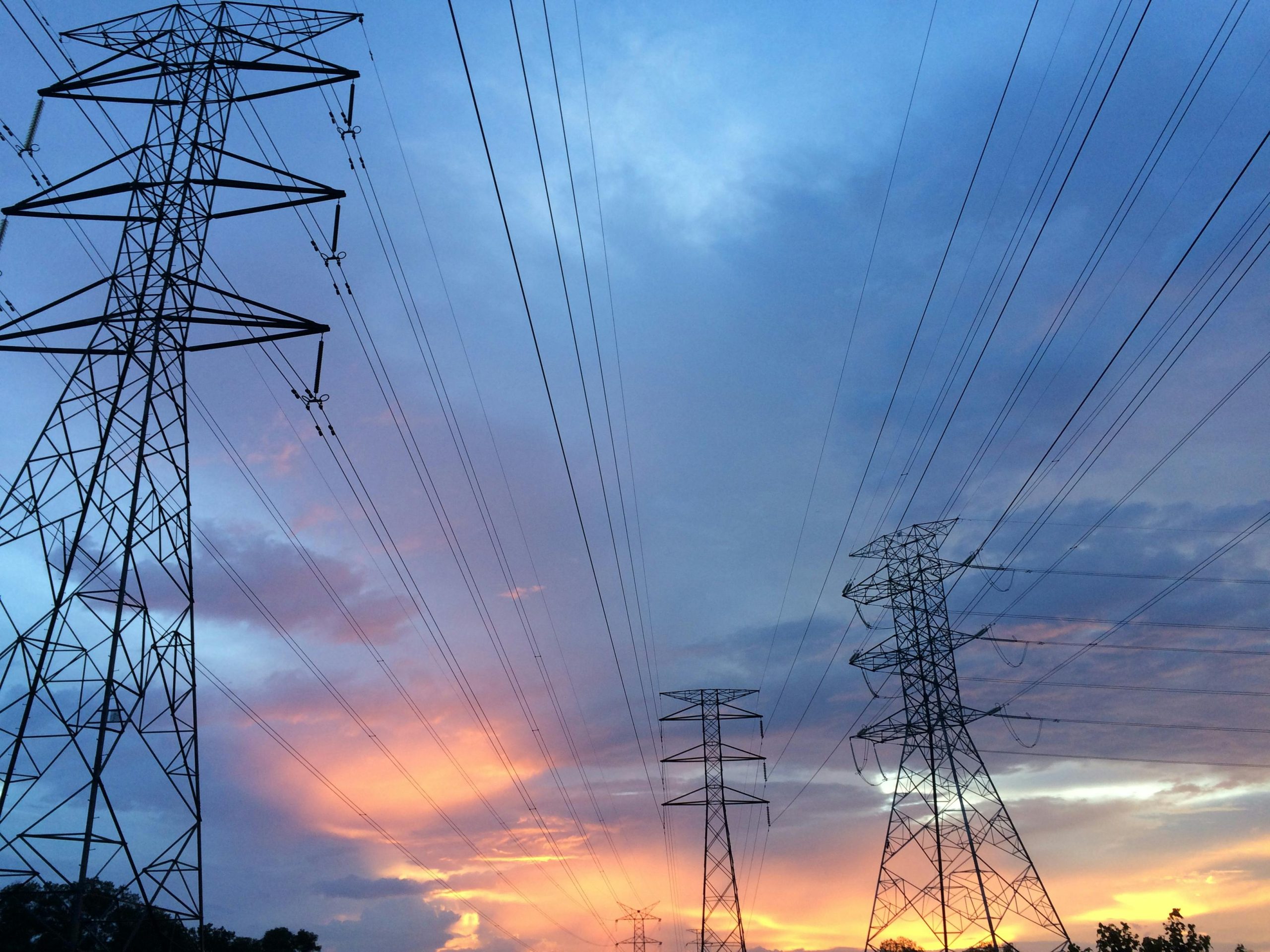Distribution

May 15, 2025
Middle East trades and the $4 billion smelter for Oklahoma
Written by Greg Wittbecker
President Trump’s trip to the Middle East has had a heavy emphasis on commercial dealmaking with some politics thrown in for good measure. So far, the major deals that have been announced have been impressive.
Saudi Arabia: a $142 billion arms sale; Nvidia will bring 18,000 of its Blackwell GPU to the Kingdom to enable them to develop regional leadership in AI; Amazon plans to build a $5 billion AI Zone; Supermicro struck a $20 billion deal with DataVolt.
Qatar: Boeing sale of $96 billion worth of aircraft to Qatar Airways
United Arab Emirate (UAE): A total of $200 billion in commercial deals which include a $4 billion aluminum smelter for Oklahoma.
The EGA aluminum smelter emerges
Since March 21 when UAE announced plans to invest $1.4 trillion in the US, including an aluminum smelter, the market has been waiting for details. Now, we have some.
Emirates Global Aluminium (EGA) will build a greenfield, 600,000 metric ton/year smelter in Tulsa, OK. The facility was announced by Gov. Kevin Stitt late May 15 and will bring 1,000 direct jobs and 1,800 indirect jobs. Feasibility studies are underway, and construction could start by the end of 2026, with first metal “by the end of the decade,” per press releases. That would imply about four years of construction which is about right for World ex China projects of this scale.
The smelter will be built 350 acres within the Tulsa port of Inola. It is expected to be producing a full array of value-added products, comparable to what EGA produces in the UAE. This will bring new billet and foundry capacity to the market, plus potentially sheet ingot and higher purity ingot.
The location is strategic. By locating in the Tulsa port, it will have year-round access to the Arkansas River to import alumina, carbon and coal tar pitch materials needed in production. It will also have the option for outbound barge shipments of aluminum that could go north to the upper Mississippi and Ohio River basins.
The location in Oklahoma presumably means the facility will initially be powered by gas. Oklahoma makes sense for this as there are significant natural gas assets in the state. Oklahoma ranks in the top five nationally for natural gas production with a well-established pipeline network.
While gas is likely the base load for this facility, Tulsa is also ideally situated to capitalize on Oklahoma’s leading position in wind power generation. The state ranks third nationally, trailing only Texas and Iowa. Wind power supplies over 42% of the state’s net power generation.
No comment on exemptions
Conspicuously absent from the announcement was any statement about the UAE receiving exemption from Section 232 for its ongoing imports to the US.
We had speculated that one of the negotiated conditions for the smelter would have been a 5- to 10-year exemption from the 25% tariff. This would have allowed EGA to continue its large (500,000-600,000 metric tons/year) imports without paying the hefty duties on it.
An exemption could have conservatively been worth $400 million/year in avoided costs, and over five to 10 years would effectively have underwritten the cost of the new smelter. No such exemption was announced. However, we would not rule that out still.
Recall in January 2021, just before Trump left office, he made a $23 billion arms deal with the UAE and gave them exemption from Section 232. President Biden promptly rescinded both the arms deal and the exemption when he took office. However, this precedent may still set the stage for a 2025 exemption.








